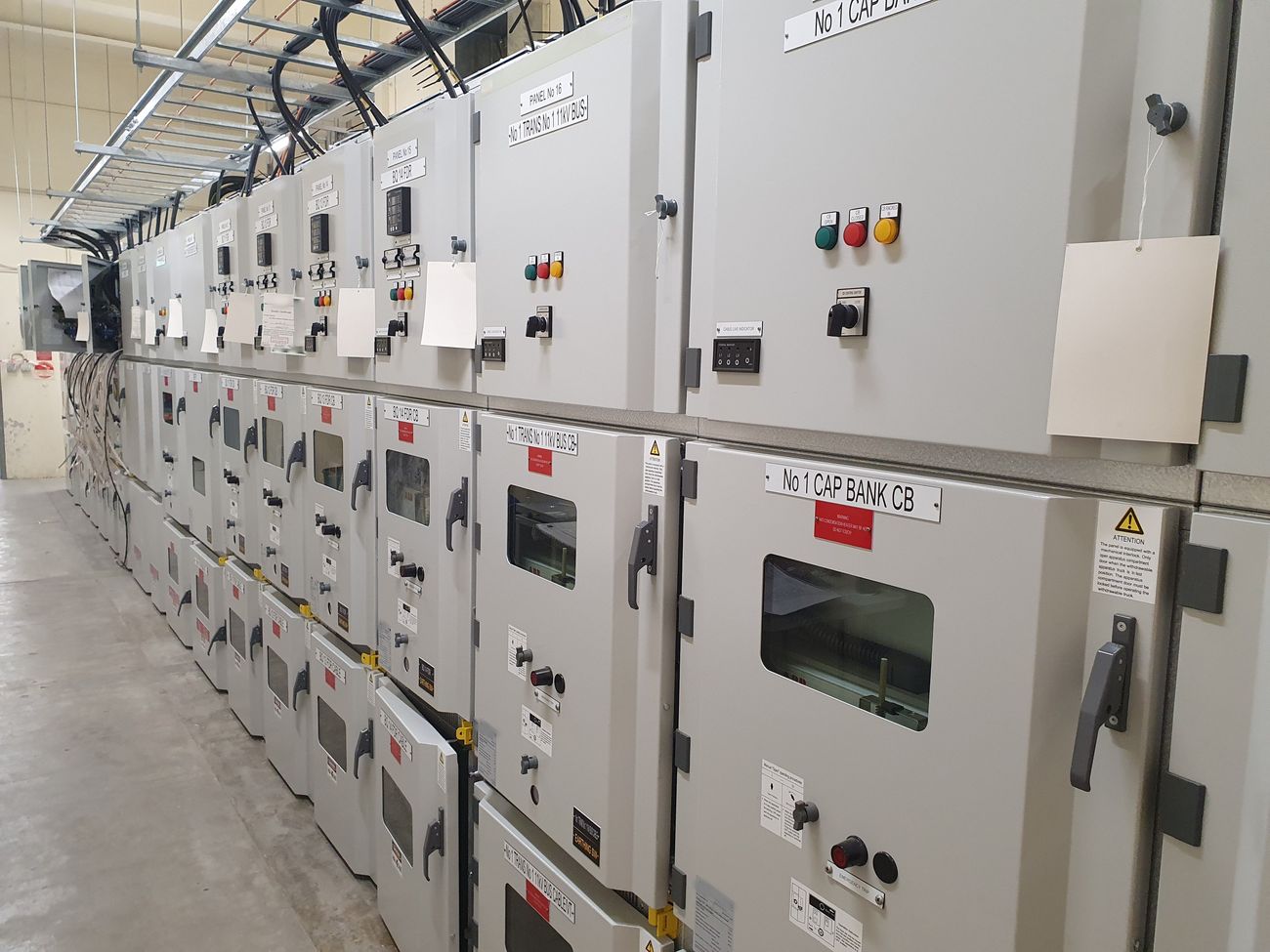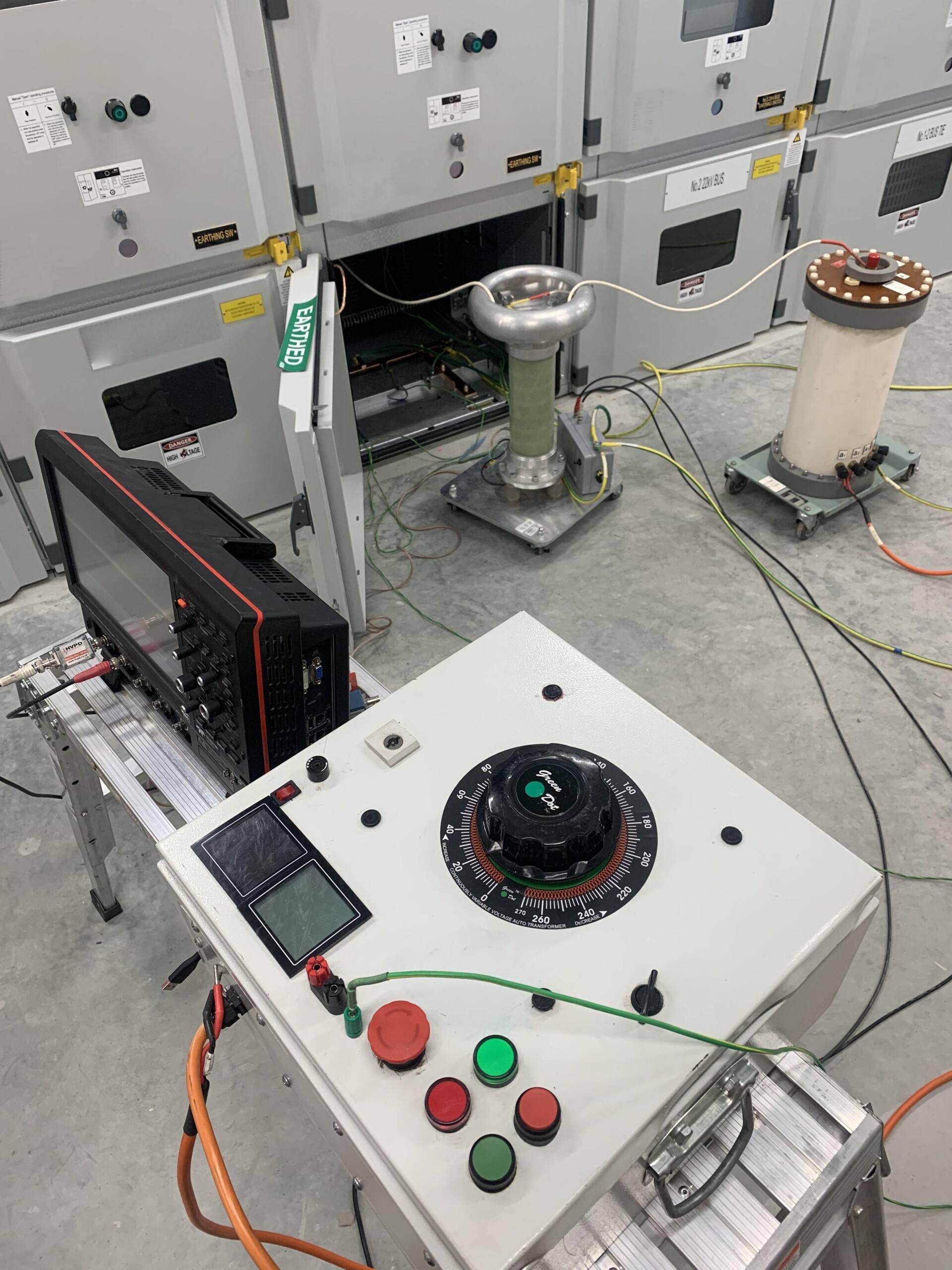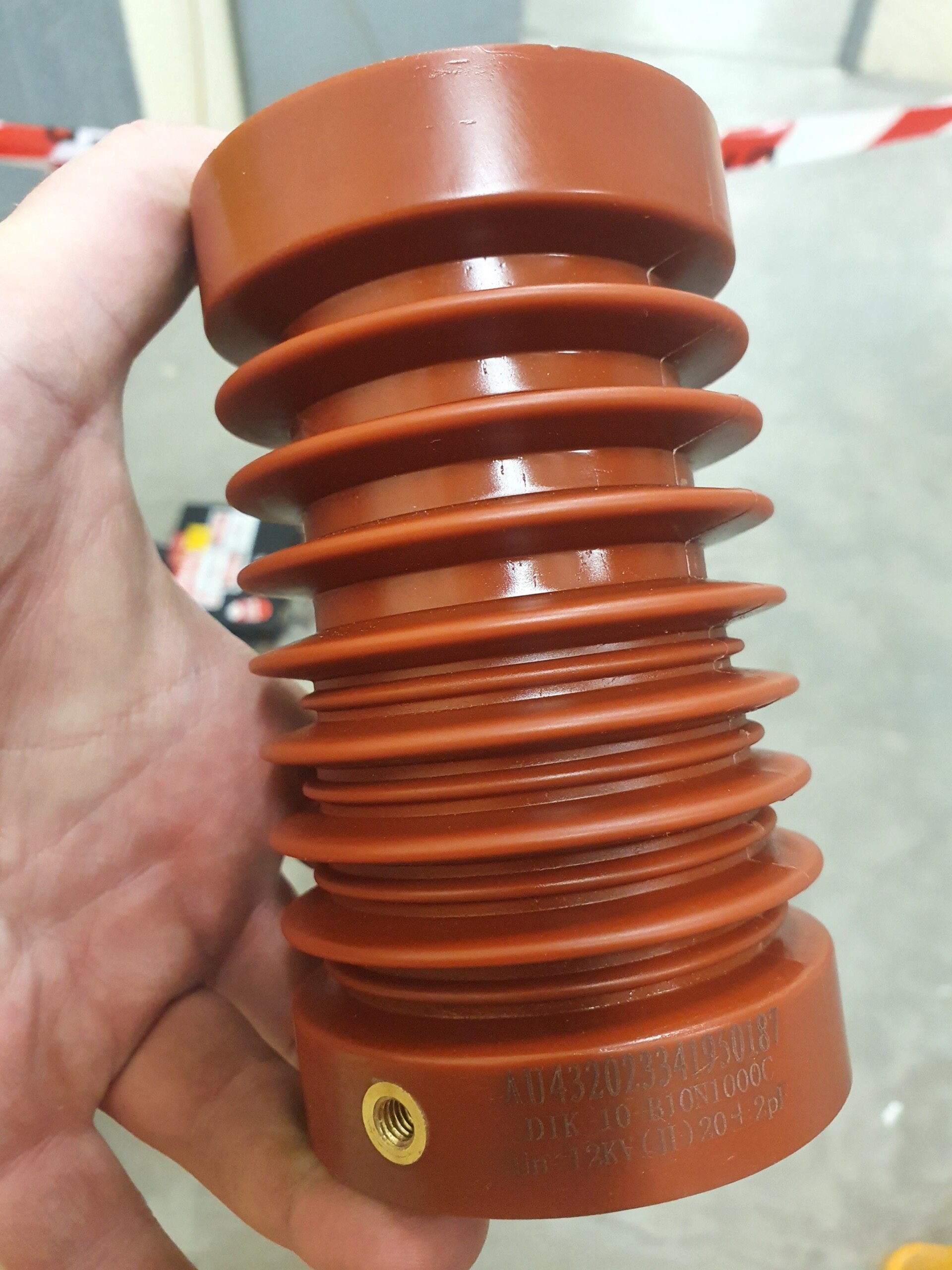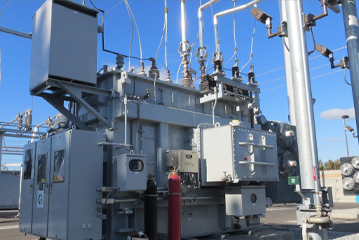Switchgear Commissioning with Partial Discharge Testing
December 9, 2022
Situation
An offline Partial Discharge test is becoming standard practise during routine high voltage commissioning of switchgear. And for good reason. Partial Discharge testing commonly identifies issues that traditional insulation resistance and withstand tests will miss. By identifying these issues during the commissioning process they can be rectified prior to energisation of the switchgear, ensuring maximised life from the asset.
Switchgear Partial Discharge testing will be conducted on individual panels by the manufacturer, however, things can go wrong in between manufacturing and installation, including transit and assembly issues. The primary purpose of an on-site PD test is to provide peace-of-mind by confirming manufacturing test results and ensuring there have been no mishaps during transit or installation of the switchboard.
If a PD issue is detected LIVE HV have developed specialised techniques to locate the problem allowing for repair.
Case Study
LIVE HV was engaged to perform high voltage commissioning testing including offline Partial Discharge testing on a new, 35 panel, 12 kV switchgear installation for a power utility. To maximise sensitivity the board was split into four sections and PD tested at 1.1 Ur.

Findings
The PD testing results for the first three configurations of the switchgear were comparative to the factory test reports. However, once testing begun on the Blue Phase of the final configuration it was quickly identified that this section of the board had an issue, with high levels of discharge detected well below service voltage. The next step in the testing process was to pinpoint and diagnose the cause of this PD, which had not been present during factory testing.
Resolution
The first step of the pinpointing process was opening the isolators to determine which panel was housing the discharge. Following this, time-of-flight measurements were performed using an array of TEV sensors. The process of elimination identified the offending component as the Blue Phase voltage detector. Once removed from the circuit a retest of the board displayed no discharge.
Further inspection into the circuit discovered an earthing issue on the voltage detector. Had the switchboard been deemed fit for service based on the factory tests, this minor, but not insignificant issue would have gone unnoticed. The component would have continued to deteriorate and led to a failure whilst also presenting a safety hazard.




